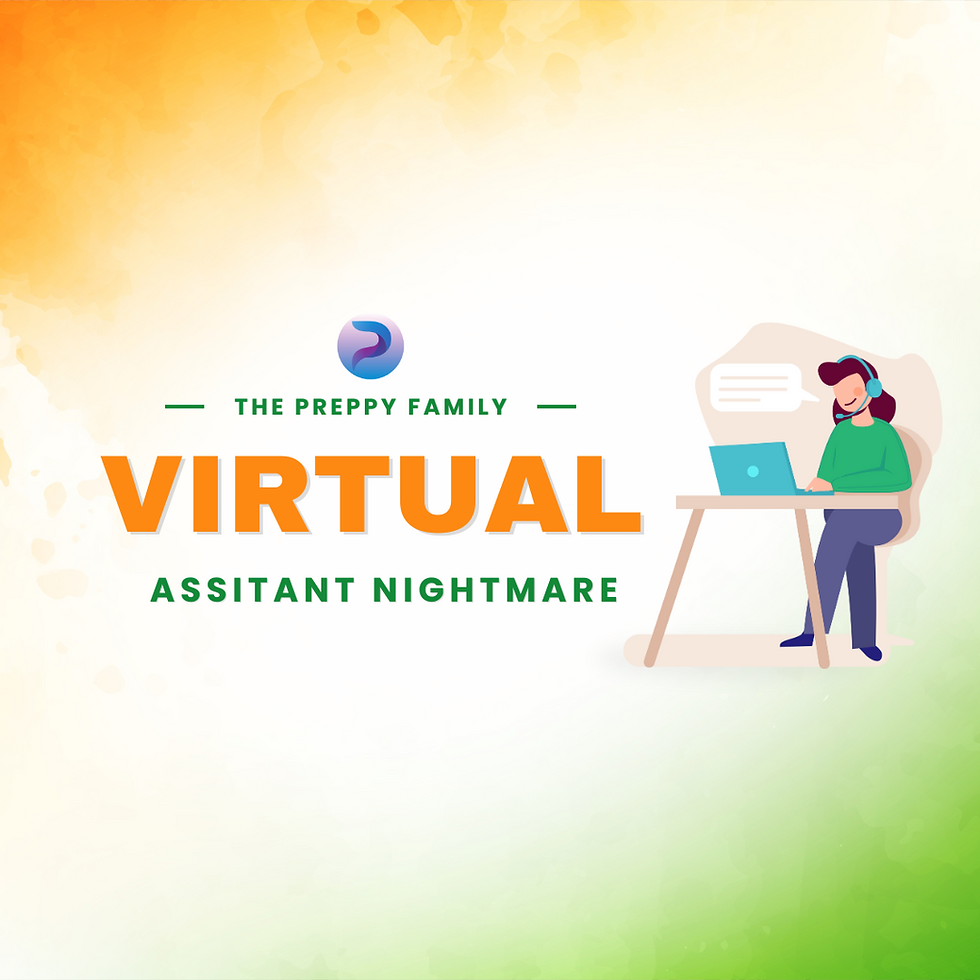Website Design For Beginners!
- Al Moseley

- Dec 3, 2022
- 4 min read

If you’re reading this, then you’re probably considering getting a website developed for your business or personal brand. Congratulations! Having a website is an essential way to reach out to your audience and connect with them on a deeper level.
But where do you start? The process of website design can be overwhelming, especially if you’re not familiar with the basics. But don’t worry – we’re here to help. In this blog, we’ll give you a crash course in website design for beginners. You’ll learn about the different aspects of website design, from choosing the right developer to getting started with SEO. By the end, you’ll have all the information you need to get your website up and running.
Creating a website can seem like a daunting task, especially if you're a beginner. But with a little help, you can design a website that is both beautiful and functional.
There are a few things you should keep in mind when designing your website.
First, consider your audience.
When you're starting a website, the first thing you need to consider is your audience. Who are you trying to reach with your website? What kind of niche will they be interested in? What language will they understand? Asking yourself these questions will help you determine the purpose of your website and what kind of content you should be creating.
Once you know who your audience is, you can start planning your web design layout. What needs will you cover? What guests will you invite on? How can you make your website engaging and informative? Answering these questions will help you create a successful website that your audience will love.
Who will be visiting your site? What are their needs and wishes? Knowing your audience will help you design a site that appeals to them.
Next, think about the content of your site.
To get started, make a list of all the topics you want to cover on your site. Once you have a good list, start thinking about the tone you want to set for each topic. Do you want to be serious and informative? Or lighthearted and funny? Keep in mind that the tone of your site will be a big part of the overall impression you make on potential clients, so choose carefully.
Once you've decided on the tone of your site, it's time to start thinking about the content. What kind of information do you want to include? What kind of stories do you want to tell? Brainstorm a list of ideas, and then start fleshing out the details. Remember, the goal is to create content that is both informative and engaging, so keep that in mind as you're writing.
What information do you want to include?
When you are planning to build a website, it is important to decide what kind of information you want to include on it. This will help you determine the overall structure and purpose of your website.
Some common types of information that are often included on websites are:
- About us: This is a page that gives information about the company, organization, or individual who owns the website.
- Contact information: This includes the address, phone number, and email address of the company or individual.
- Services: This is a page that outlines the services that are offered by the company or individual.
- Products: This is a page that lists the products that are offered by the company or individual.
- FAQ: This is a page that answers frequently asked questions about the company, organization, or individual.
What do you want your visitors to do when they reach your site?
Before you can start driving traffic to your site, you need to figure out what you want your visitors to do when they reach your site. Do you want them to buy something? Sign up for your newsletter? Watch a video? Read your blog? It's important to know what your goal is before you start driving traffic, because otherwise you won't be able to measure your success.
Once you know what you want your visitors to do, you can start driving traffic to your site. There are a few different ways to do this, and the best route for you will depend on your budget, your goals, and your audience. You can use paid advertising, social media, or search engine optimization to get people to your site.
No matter how you choose to drive traffic, always keep your goal in mind. Otherwise, you won't be able to convert your visitors into sales.
Finally, don't forget the technical stuff. Make sure your site is designed for all browsers and devices, and that it can be found by search engines.
In conclusion, if you are a beginner in website design, you should start by choosing a platform, learning the basics of HTML and CSS, and then move on to more advanced concepts. You can find plenty of resources online to help you get started. Once you have a basic understanding of website design, you can begin to create your own website. Thanks for reading! Like, follow, and comment to let us know what you think.




Comments